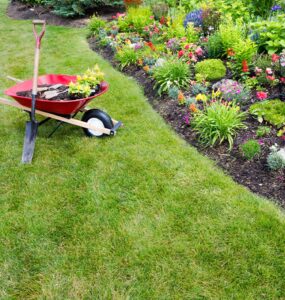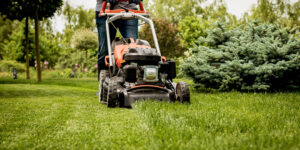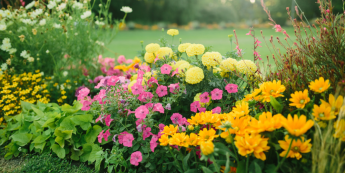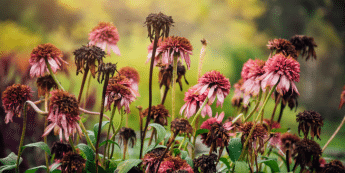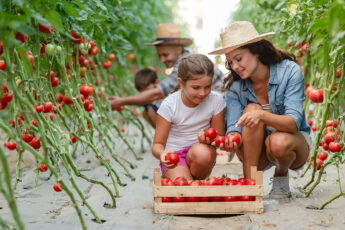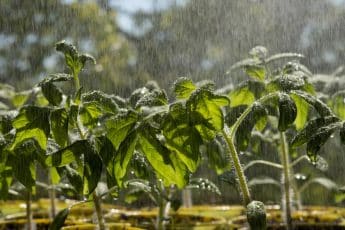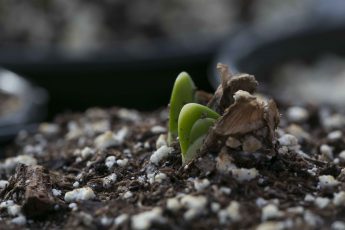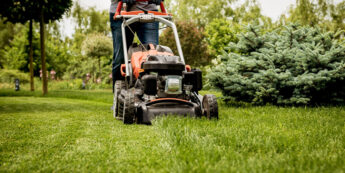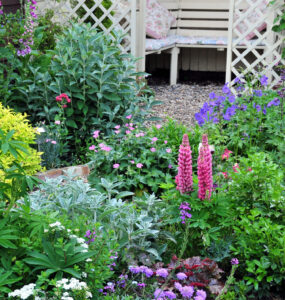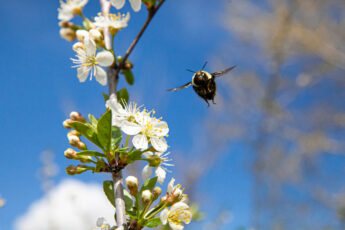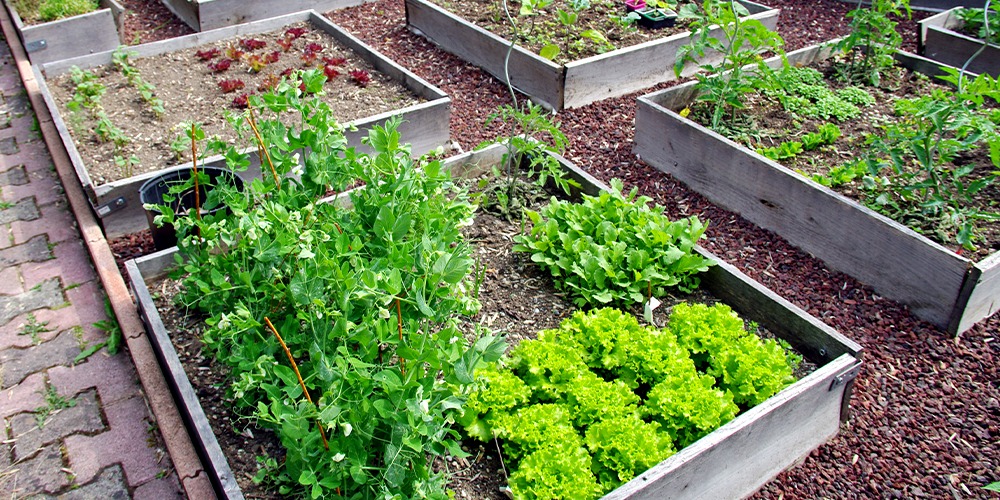
Crop rotation is one of the oldest tricks in food production to help control pests, reduce disease, keep soil healthy, and produce abundant harvests from your vegetable garden. There are records of Belgian farmers using crop rotation as early as the 16th century, and in the 18th century, British farmers adopted the practice.
Crop rotation isn’t just an old wives tale; there are proven soil health, disease management, and pest control benefits to following a rotation cycle. Even on a large agriculture scale, many farmers practise crop rotation, and some do a much more complex cycle than the average home gardener should need that includes fallow time and cover crops.
No Rotation = Bad Harvest + Disease + Pests
Growing the same crop in the same soil year after year will give pests and disease time to get well-established in the soil. It will also deplete the soil of essential nutrients and reduce your plant health and crop yield over time.
Essentially, growing the same plants in the same place every year creates a monoculture. This puts unnecessary pressure on the ecosystem. Your soil will be depleted of nutrients in just a couple of years, and piling on the fertilizer isn’t going to fix it. Much of that extra fertilizer will run off into your local watershed and harm the ecosystem in your area.
Not rotating your garden crops will have three significant negative impacts:
- Higher rates of disease and pests
- Slower and less healthy growth
- Smaller and lower quality yields.
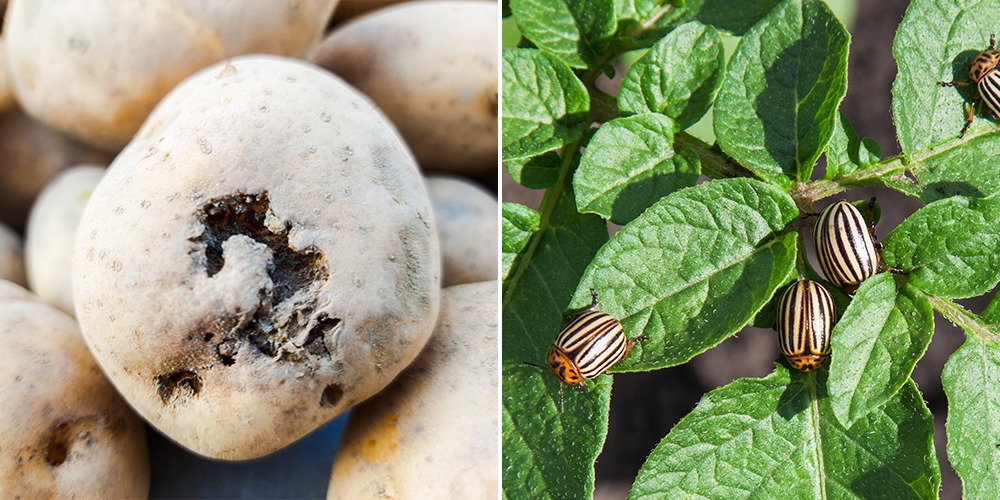
If a disease, like potato scab, gets established where you usually plant potatoes, it can affect all plants in the Solanaceae family. If you can give that area a break from all Solanaceae crops for three years, you’ll interrupt the cycle and the disease pathogens, and you’ll get plant-specific pests under control.
If bugs, like potato beetle, have laid their eggs in the soil, and you plant more potatoes there for the second year in a row, they’ll multiply even more and lay eggs again. If you plant a non-host plant in that area instead, they’ll die off and you’ll break the cycle. A study from 1984 found that rotating potato plants is one of the best methods to control pests and had a significant impact on the number of adult bugs that survived.
More Benefits of Crop Rotation
Crop rotation, when done correctly, can reduce your need for fertilizer, and it’s an excellent pest control option. It’s a concept that easily scales to any size of the garden, whether you’ve got a large acreage garden, a tiny city plot, or just a few raised beds.
Crop rotation takes a bit of planning, but it is worth the effort. The main hypothesis is that plants in the same family are often afflicted by the same sorts of pests and diseases and use the same sorts of nutrients from the soil. So, moving them to a new location will give them more nutrients and keeps pests under control by throwing them off the trail. In addition, some crops improve the soil, adding nutrients that other plants need. For example, legumes like peas and soybeans naturally fix nitrogen in the soil, boosting the amounts of usable nitrogen available to other plants.
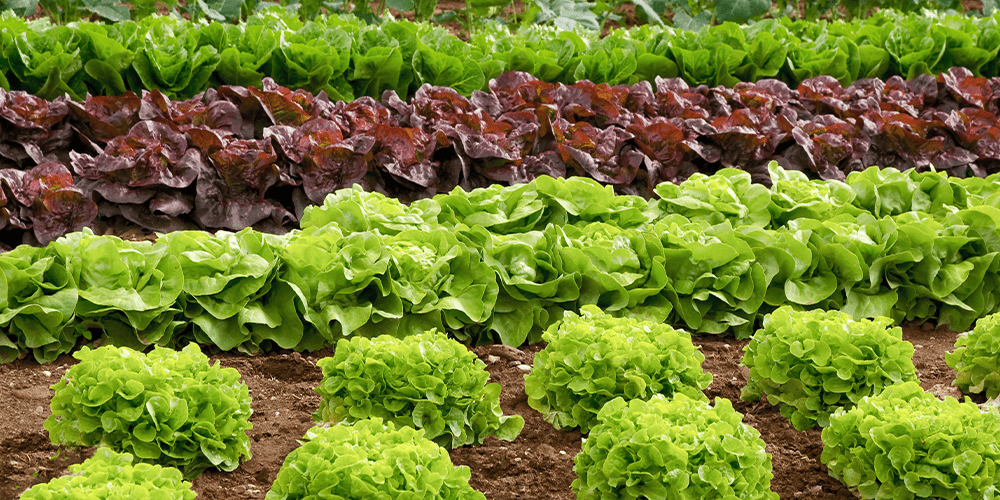
How to Rotate Crops
Growing families of related plants in a new location each year can break the cycle of diseases and actually improve the soil. If you plant in a four-year cycle, some of those plants will be particularly suited to the soil conditions the previous year’s plants left behind, or they will add essential nutrients to the soil that the previous family depleted.
The best way to manage your crop rotation planning is to keep a gardening journal that includes a sketch of each year’s planting arrangements. That way, you can reference back to the sketch when you’re planning the next year’s planting. You may also want to keep a list (see below) of the common plants included in each family in your gardening journal so that you don’t have to try and remember them all.
A four-year cycle works well for most gardeners and will go a long way to keeping your plants and soil very healthy. In general, you’ll rotate through brassicas, then legumes, then Solanaceae, and then cucurbits.
It’s a good idea to test your soil at the start. Brassicas tend to like alkaline (also known as “sweet”) soil, so you may want to add agricultural lime to your garden soil in the area you’re going to plant brassicas. Over time, the lime breaks down, and when you get to year four, the soil should be near neutral pH again.
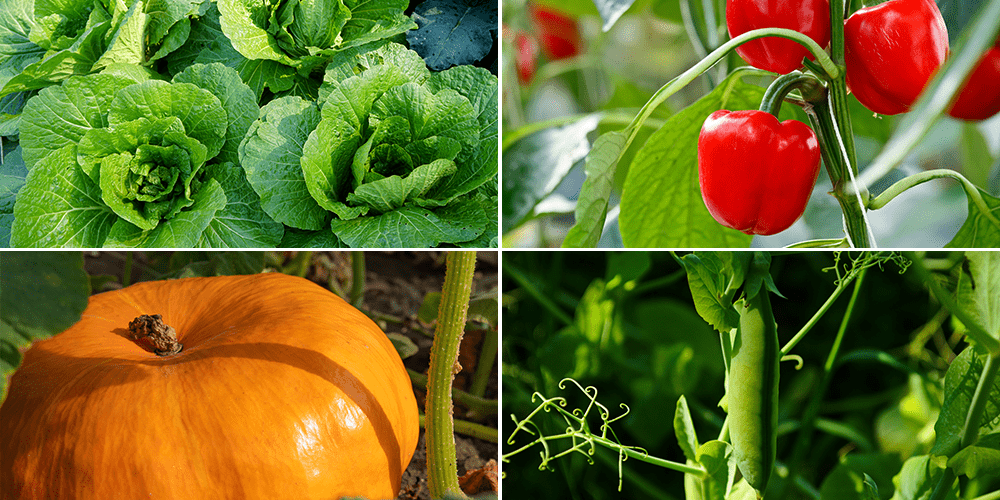
Vegetables for a 4-Year Crop Rotation Schedule
Year 1
Brassicas and crucifers like cabbage, radish, mustard greens, turnip, rutabaga, arugula, mustard spice, horseradish and wasabi, candytuft, bok choy, daikon, kale, collard greens, broccoli, cauliflower, Brussels sprouts, and Chinese broccoli.
Year 2
Legumes like beans, peas, peanuts, lentils, chickpeas, soybeans, and fava beans.
Year 3
Solanaceae, like tomato, pepper, eggplant, white and red potatoes, and tomatillo.
Year 4
Cucurbits and squashes like cucumbers, squash, pumpkins, watermelon, and other melons.


